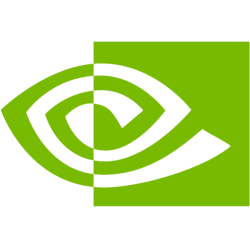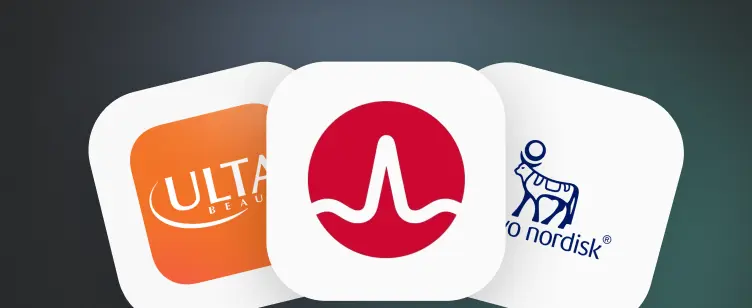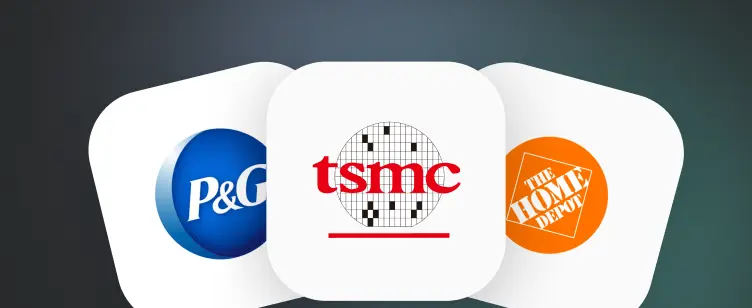
NVIDIA Corporation (NVDA)
NVIDIA Corporation Return on Invested Capital (ROIC)
| Jan'05 | Jan'06 | Jan'07 | Jan'08 | Jan'09 | Jan'10 | Jan'11 | Jan'12 | Jan'13 | Jan'14 | Jan'15 | Jan'16 | Jan'17 | Jan'18 | Jan'19 | Jan'20 | Jan'21 | Jan'22 | Jan'23 | Jan'24 | |
|---|---|---|---|---|---|---|---|---|---|---|---|---|---|---|---|---|---|---|---|---|
| Return on Invested Capital (ROIC) | 11.9% | 33.7% | 39.0% | 57.2% | (3.7%) | (5.3%) | 15.5% | 32.3% | 28.0% | 21.0% | 31.2% | 31.4% | 79.7% | 111.1% | 105.3% | 56.5% | 50.1% | 68.8% | 25.6% | 137.5% |
NVIDIA Corporation (NVDA) Return on Invested Capital (ROIC) comparison analysis
NVDA key stats
Discover more Stock Ideas

Undervalued stocks right now
Discover the top 20 best undervalued stocks to buy for Feb 2025, listed on the Nasdaq or NYSE.

Undervalued growth stocks
Discover the top 20 best undervalued large-cap growth stocks to buy for Feb 2025, listed on the Nasdaq or NYSE.

Undervalued dividend stocks
Discover the top 20 best undervalued high-yield dividend stock that offers both growth potential and attractive dividend returns for Feb 2025.
FAQ
1) What is NVIDIA Corporation's Return on Invested Capital (ROIC)?
As of today, Microsoft Corp's last 12-month Return on Invested Capital (ROIC) is 198.0%, based on the financial report for Oct 27, 2024 (Q4’2024). The average annual Return on Invested Capital (ROIC) for NVIDIA Corporation have been 81.4% over the past three years, and 74.6% over the past five years.
2) Is NVIDIA Corporation's Return on Invested Capital (ROIC) Good?
As of today, NVIDIA Corporation's Return on Invested Capital (ROIC) is 198.0%, which is higher than industry median of 4.4%. It indicates that NVIDIA Corporation's Return on Invested Capital (ROIC) is Good.
